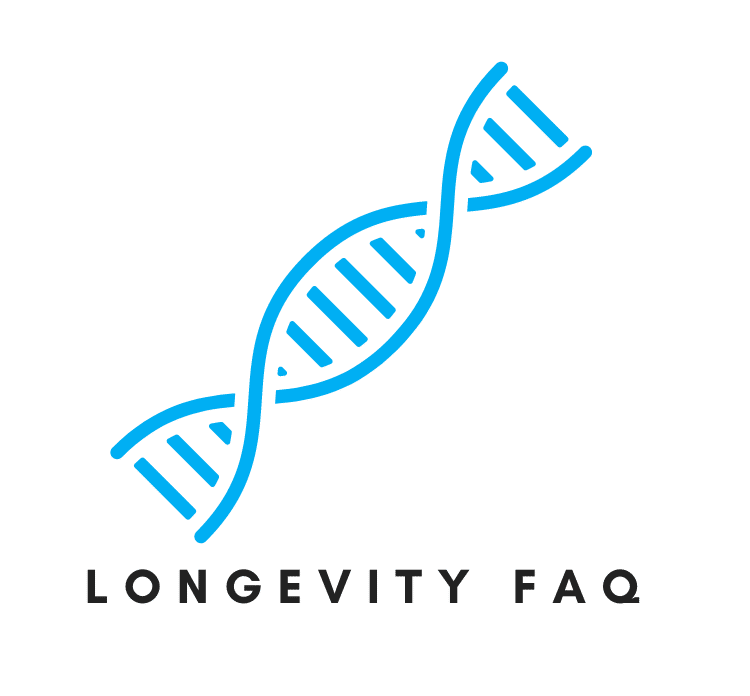Rapamycin, a compound discovered on Easter Island in the 1970s, has a rich history. Initially developed as an anti-rejection drug for organ transplant patients, it has since emerged as a potential key player for those pursuing longevity and anti-aging. Its immunosuppressive properties, which initially attracted the medical community’s attention, have paved the way for its exploration in various health-related domains.
At the heart of Rapamycin’s anti-aging potential is its ability to target the mTOR pathway, a central regulator of cell growth, proliferation, and survival. This action has been linked to the compound’s life-extending effects observed in numerous species, including yeast, worms, flies, and mammals. In mice, for example, Rapamycin has been shown to increase their lifespan by up to 26%. This exciting discovery has sparked interest among biohackers and longevity enthusiasts alike.
The best video I could find on Rapamycin was an interview between Tim Ferriss and Dr. Peter Attia, where Dr. Peter Attia explains what Rapamycin is and how it can be used for longevity. It’s well worth a watch. I enjoyed it, so I am sure you will too if you are interested in the topic.
Despite its promising potential, it’s crucial to consider the potential drawbacks of Rapamycin, such as its immunosuppressive properties. While these properties have been beneficial in preventing organ rejection, they can also weaken the immune system, increasing the risk of infections. Therefore, monitoring and finding the optimal dose when using Rapamycin for longevity is essential. Working closely with healthcare professionals can help ensure individuals strike an appropriate balance between reaping the compound’s benefits and minimizing potential adverse effects.
« Back to Glossary Index